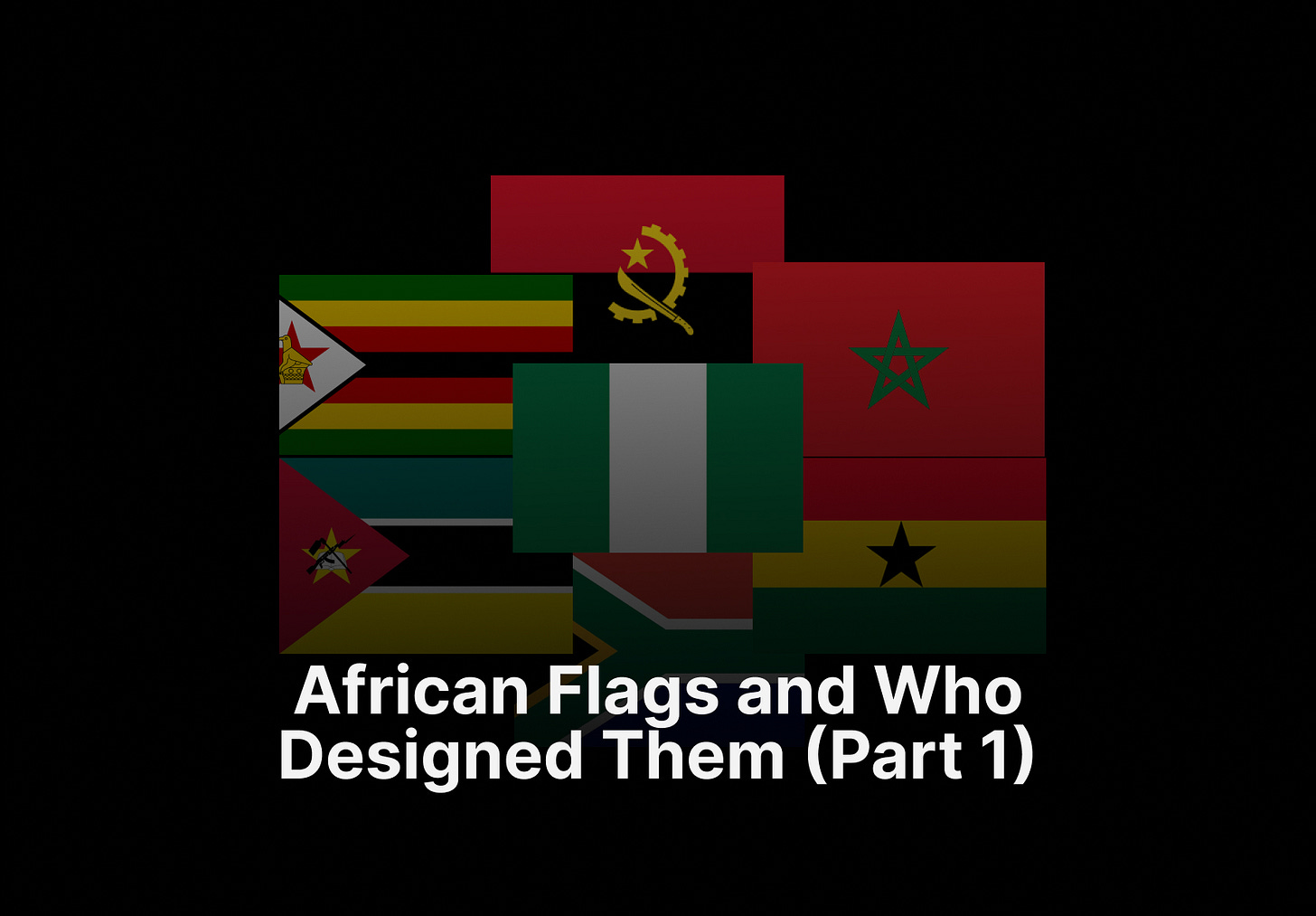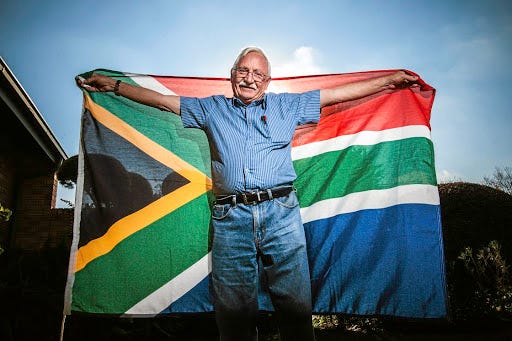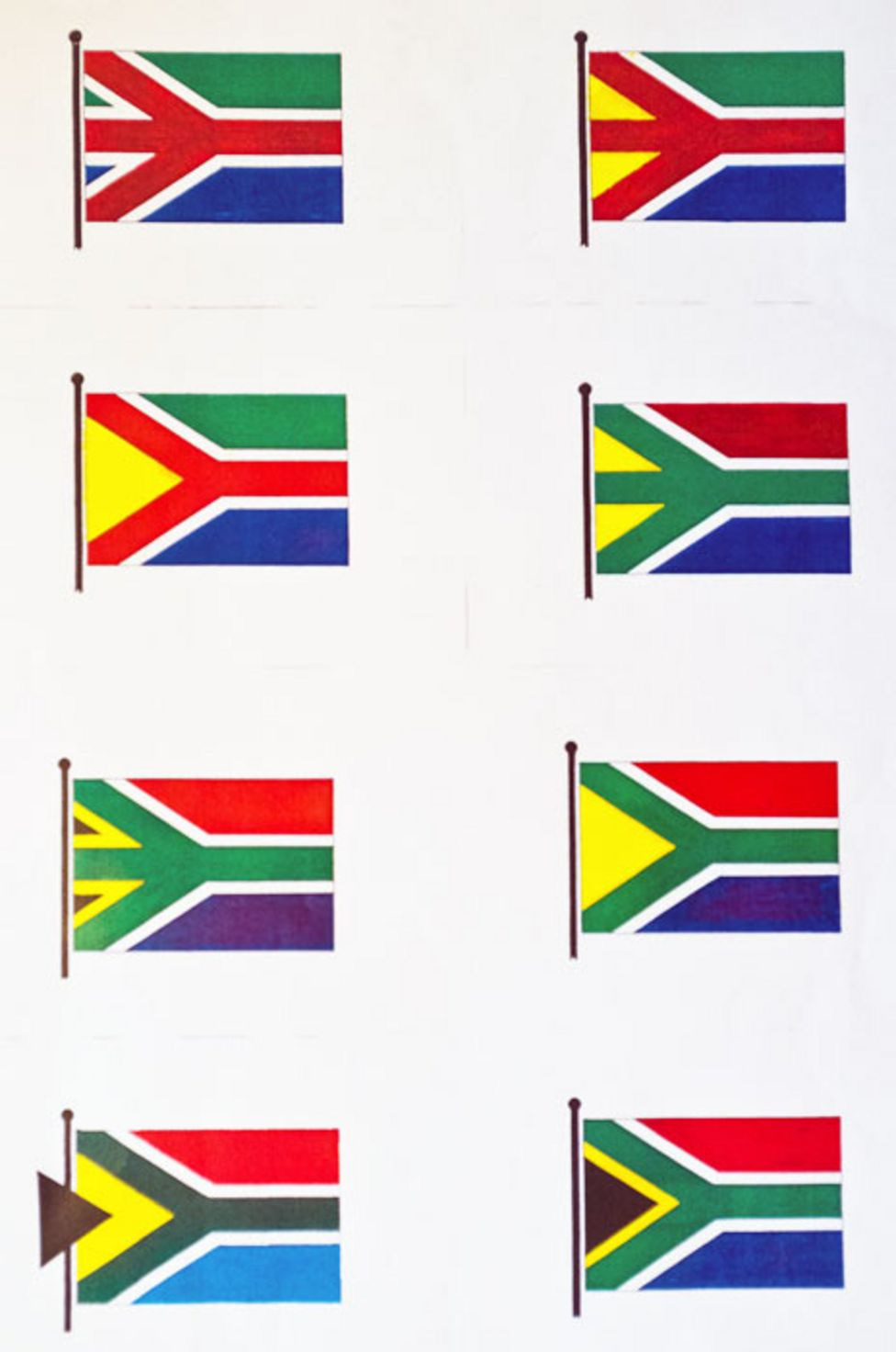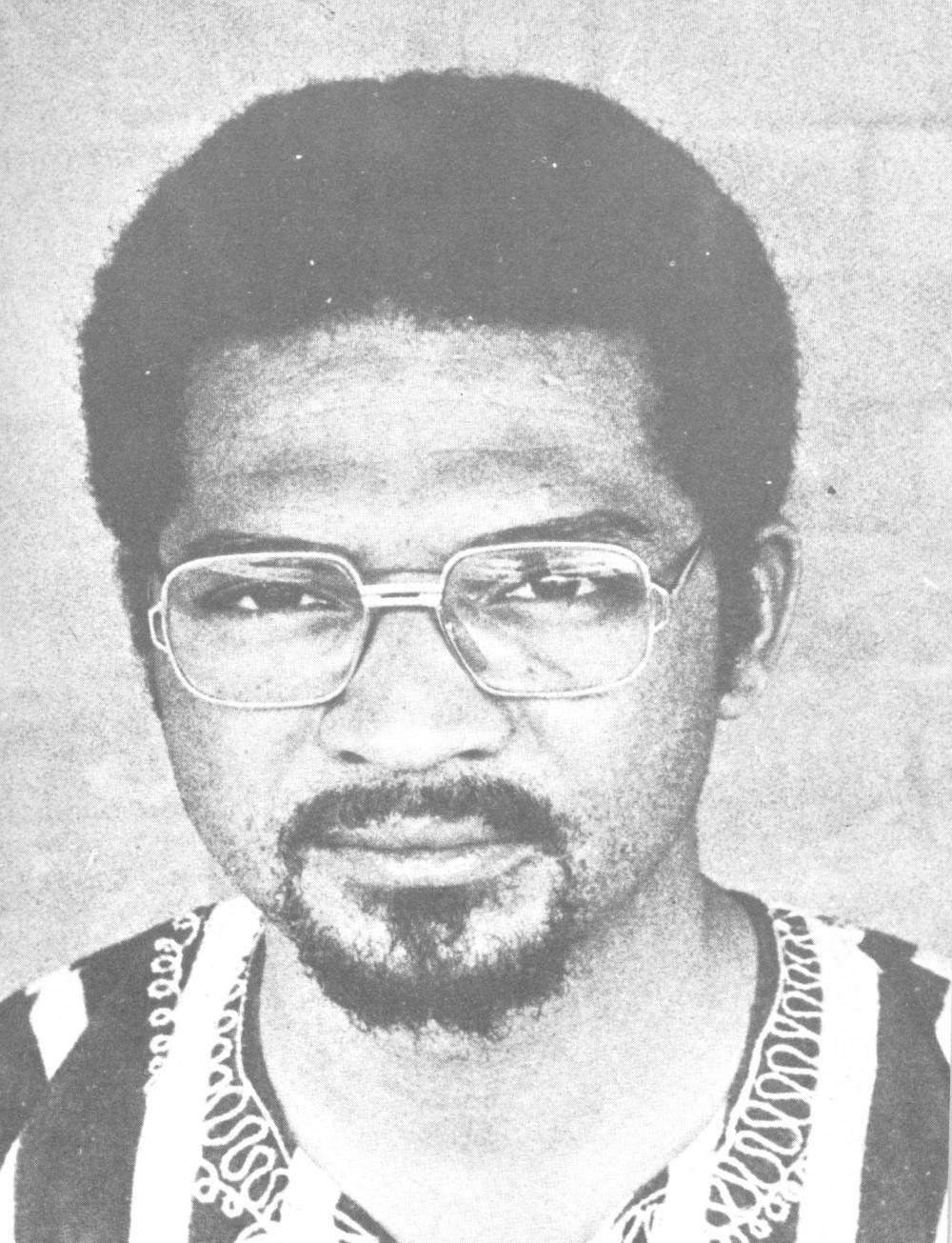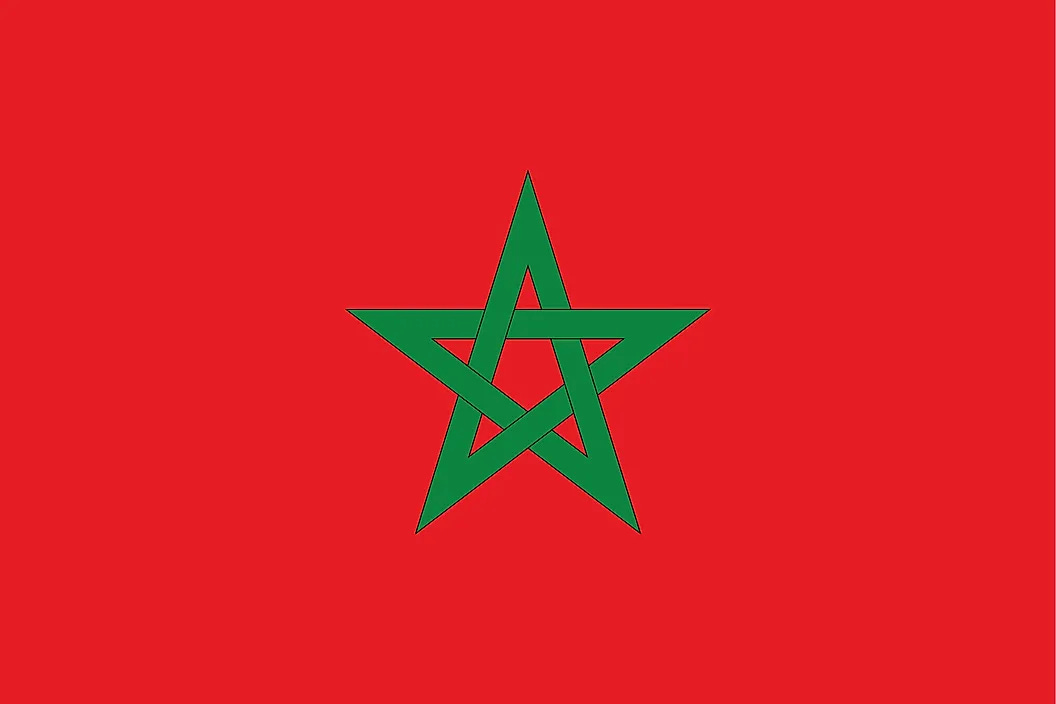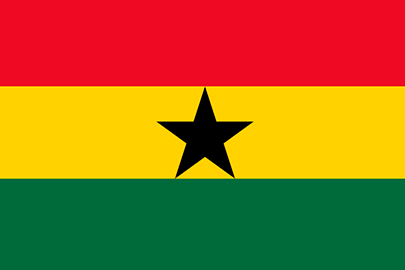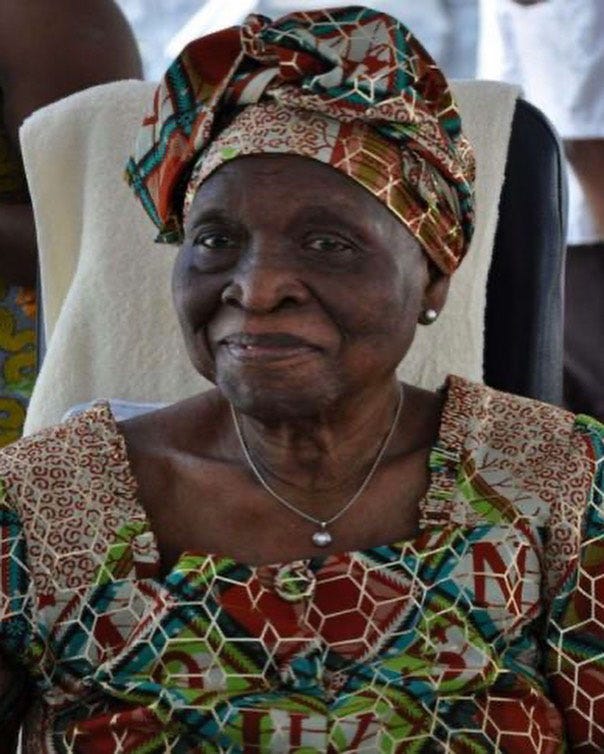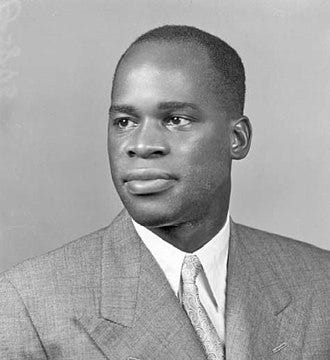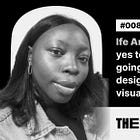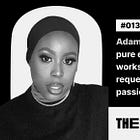African Flags and Who Designed Them (Part 1)
Beyond being a visual symbol of identification for the people of a country, the national flag can serve as a patriotic symbol that signifies hope and inspiration for the people.
A country’s national flag is arguably the most significant visual symbol that represents it. While a country can have more than one language, tribe, and culture, one of the visual elements that tie all of them together is the national flag.
Beyond being a visual symbol of identification for the people of a country, the national flag can serve as a patriotic symbol that signifies hope and inspiration for the people. The national flag represents the ideology on which a country was built. It also signifies a time in history and thus carries a lot of historical meaning for the people of the country.
The national flag can be used as a symbol for decoration, a signalling device, or a military association. The flag is also used as “a general tool for rudimentary signalling and identification, especially in environments where communication is challenging (such as the maritime environment, where semaphore is used).”1
The study and design of flags
Historically, the origin of the flag is unknown and it remains unclear when the first flag was raised. But the 17th century saw the birth of several national flags through revolutionary struggle. Political change and social reform, allied with a growing sense of nationhood among ordinary people, led to the birth of new nations and flags all over the world in the 19th and 20th centuries.
The study of flags is known as Vexillology. It is from the Latin word Vexillum, meaning ‘flag’ or ‘banner’. Vexillology is the study of the history, symbolism, and usage of flags or, by extension, any interest in flags in general. A person who studies flags is a Vexillologist.
A Vexillographer is someone who designs flags, and the art of designing flags is called Vexillography. Someone who is a hobbyist or general admirer of flags is a Vexillophile.
Creating a compelling and visually striking flag design requires careful consideration of design principles. Simplicity is a fundamental aspect of effective flag design, ensuring easy recognition and reproduction. Flags are often seen from a distance, so bold, contrasting colors and clear shapes are crucial for visibility. Complex details and intricate patterns may diminish legibility and make flags less distinctive.
African Flags and Who Designed Them
For the first part of what will be an ongoing series on African flags and the designers who designed them, we will be looking at seven (7) African countries.
1) Nigeria
Nigeria is situated in Western Africa and is regarded as the most populous African country with an estimated population of 224,044,365.2 There are more than 250 ethnic groups with the three largest ethnic groups being the Hausa in the north, Yoruba in the west, and Igbo in the east, together constituting over 60% of the total population.
Who designed the Nigeria Flag?
Michael Taiwo Akinkunmi, a Nigerian artist and designer, is credited with creating the national flag of Nigeria. The flag which was adopted in 1960 consists of three vertical stripes of green, white, and green. The green stripes represent Nigeria's agricultural wealth, while the white stripe symbolizes peace. He was born on 10 May, 1936.

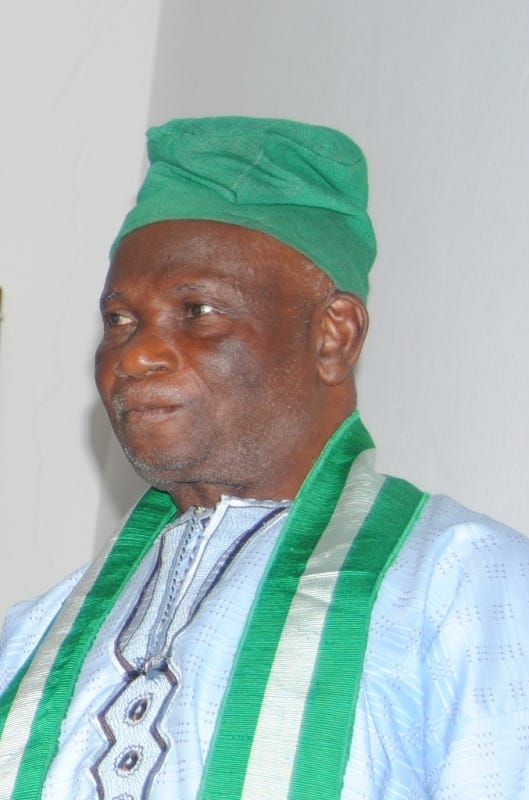
In 1958, the Government organised a competition for the design of a new flag, open to all Nigerians at home and abroad. Then a 23-year-old student of electrical engineering at Norwood Technical College in London, Michael Taiwo Akinkunmi entered the competition which he came across in a newspaper advert.
According to him, He mailed his submission to Lagos a short time later, and in October of the following year received a letter inviting him to the London office of the Commissioner for Nigeria in the United Kingdom, where he was told that his green and white design had been selected. He had won 100 pounds ($281 in 1959) as well as a place in Nigeria’s history books.3
On October 1, 1960, Nigeria gained independence from British colonial rule, and the new flag was hoisted for the first time, symbolising a new dawn of freedom and self-determination.
2) South Africa
South Africa is the southernmost country in Africa. South Africa is the 6th most populous African country with an estimated population of 60,440,916.4 According to a recent census by Statistics South Africa, population estimates were 80.7% Black South African, 7.9% White South African, 8.8% Coloured South African, and 2.6% Indian South African.
Who designed the South Africa Flag?
Frederick G. Brownell, a South African State Herald and heraldic artist, is renowned for designing the current national flag of South Africa. His design, which was adopted in 1994, features six colors and incorporates elements from various South African communities, representing unity and diversity. He was born on 8 March 1940 and died on 10 May 2019 at the age of 79. He won numerous awards during his lifetime.
Brownell was South Africa’s state herald from 1982 to 2002 and his duties included approving the design and registration of coats of arms, badges, and flags. He first started toying with a design for the new SA flag after former FW de Klerk announced in parliament on February 2, 1990, that Nelson Mandela would be freed.
He was attending a congress hosted by the International Flag Federation in Zurich in 1993 when he had a light-bulb moment during “an interminable” meeting. He flipped over the conference programme and started sketching. Three arms came in from the flagpole side of the flag (the "hoist") and became one.5
He said the first drawing was of three arms in “convergence and unification”. “It was just an idea about how we could represent coming together … streams flowing into one another, whether cultural, linguistic or whatever … a unifying of people’s cultures, something that could bring the people of South Africa together,” he said.
3) Angola
Angola is located on the west-central coast of Southern Africa. With an estimated population of 36,735,608, Angola is the 7th most populous country in Africa. Ethnically, there are three main groups, each speaking a Bantu language: the Ovimbundu who represent 37% of the population, the Ambundu with 25%, and the Bakongo 11%. Other numerically important groups include the closely interrelated Chokwe and Lunda, the Ganguela and Nyaneka-Khumbi (in both cases classification terms that stand for a variety of small groups), the Ovambo, the Herero, the Xindonga and scattered residual groups of San.
Who designed the Angola Flag?
Henrique de Carvalho Santos, also known as Henrique Onambwé is credited to have created the Angola flag. The process of cutting and sewing the first version of the flag was done by Joaquina, Ruth Lara, and Cici Cabral on November 11, 1975. He was born in Porto Amboim, in the province of Cuanza Sul on 5 May 1940. He is a nationalist who served as the Minister of Industry of Angola. He served in the Directorate of Information and Security of Angola (DISA) before becoming the Minister of Industry.
The national flag of Angola was adopted when Angola gained independence on November 11, 1975. It is split horizontally into an upper red half and a lower black half with an emblem resting at the center. It features a yellow half-gear wheel crossed by a machete and crowned with a star. It is based on the flag of the Popular Movement for the Liberation of Angola (MPLA), which fought Portuguese colonial rule and emerged as the ruling party of Angola following the Angolan Civil War.
4) Morocco
Morocco is a country in the Maghreb region of North Africa. With an estimated population of 37,857,259, 6 Morocco is ranked 11th based on population in Africa. Moroccans are primarily of Arab and Berber origin. The descendants of the original Arab settlers who continue to speak Arabic as a first language currently form the single largest population group in North Africa.
Who designed the Morocco Flag?
Mulay Yusef, Sultan of the Alaouite Dynasty who ruled the kingdom between 1912 and 1927, is credited to have designed the flag. The Moroccan flag used during the Alaouite dynasty, between 1666 and 1915, was a simple red banner with no markings. The current flag was adopted on November 17, 1915.
The flag is made up red with a green interlaced pentangle. The pentagram represents the Seal of Solomon, an Islamic symbol. The five branches also represent the pillars of Islam.
5) Ghana
Ghana is a country in West Africa. With an estimated population of 34,150,449,7 Ghana is the 13th most populous African country. There are more than seventy ethnic groups and about 80 languages spoken in the country. Major ethnic groups include the Akan at 47.5% of the population, the Mole-Dagbon at 16.6%, the Ewe at 13.9%, the Ga-Dangme at 7.4%, the Gurma at 5.7%, the Guan at 3.7%, the Grusi at 2.5%, the Kusaasi at 1.2%, and the Bikpakpaam a.k.a. Konkomba people at 3.5%.
Who designed the Nigeria Flag?
Theodosia Okoh, a Ghanaian stateswoman, artist, and designer, is credited with creating the national flag of Ghana. She was born on 13 June 1922 and died on 19 April 2015 at the age of 93. Her design, which was adopted in 1957 when Ghana gained independence from British colonial rule, features three horizontal stripes of red, gold, and green, with a black star in the center. The flag represents the nation's struggle for freedom and its commitment to African unity.
President Kwame Nkrumah, the president at the time, was attracted to her design because of the interpretation of the colours. The red colour was used to represent the blood of forefathers who led the struggle for independence and shared their blood. The gold colour represents the mineral resources mostly found in the Ashanti region of Ghana, helping to harness the wealth of the country. The green symbolises Ghana's rich forests and natural wealth. The black star of the Ghanaian national flag is a symbol used to represent the emancipation of Africa and unity against colonialism.
Mrs Theodosia Okoh received a number of awards such as the Grand Medal (GM) from the nation during her lifetime. She received a citation from the Ghana Broadcasting Corporation and the National Sports Awards in 2004, as well as an award from the Sport Writers Association of Ghana and an award from the TV Africa series Obaa Mbo.
6) Mozambique
Mozambique is a country located in southeastern Africa. With an estimated population of 33,941,494,8 Mozambique is the 15th most populous African country. The main ethnic groups in Mozambique are the Makua, Tsonga, Makonde, Shangaan, Shona, Sena, Ndau, and other indigenous groups.9
Who designed the Mozambique Flag?
Eduardo Chivambo Mondlane, the founding president of the Mozambique Liberation Front (FRELIMO), is said to play a significant role in the design of Mozambique's national flag. The flag was adopted in 1983. It features horizontal stripes of green (teal), black, and yellow, with a red triangle on the hoist side. The symbolism behind the colors and shapes represents the nation's agricultural wealth, the country's minerals, African solidarity, and bloodshed during the struggle for independence.
It includes the image of a Kalashnikov rifle with a bayonet attached to the barrel crossed by a hoe, superimposed on an open book. The rifle stands for defence and vigilance while the open book symbolises the importance of education, the hoe represents the country's agriculture, and the star symbolizes the spirit of the international solidarity of the Mozambican people.
It is one of four national flags among UN member states that feature a firearm, along with those of Guatemala, Haiti, and Bolivia, but is the only one of the four to feature a modern firearm instead of cannons or muskets.
In 2005, the country sought a new design for the flag and held a competition. A winner was selected, although the flag has not been changed to that design and remains the same as the design of 1983.
7) Zimbabwe
Zimbabwe is a country situated in Southern Africa. The country now known as Zimbabwe was originally known as Southern Rhodesia from 1895 to 1980. It was also known as Zimbabwe Rhodesia at some point. With an estimated population of 16,681,766,10 Zimbabwe is ranked the 26th most populous African country. Zimbabwe has 16 official languages: Chewa, Tonga, Chibarwe, English, Kalanga, Koisan, Nambya, Ndau, Ndebele, Shangani, Shona, sign language, Sotho, Tonga, Tswana, Venda, and Xhosa.
Who designed the Zimbabwe Flag?
The initial flag of Zimbabwe Rhodesia (Southern Rhodesia) was designed by Flight Lieutenant Cedric Herbert, a member of the Rhodesian Air Force now known as the Air Force of Zimbabwe.11 He was also a member of the Rhodesian Heraldry and Genealogy Society. His design featured three horizontal stripes of red, white, and green and a vertical black stripe bordered with white on the left side. An emblem of the Zimbabwe bird was pictured in gold.
Cedric Herbert started his basic studies at the Abingdon School. After finishing High School, he completed one year as an apprentice Draughtsman and photographer in the Photographic Sciences department with the Atomic Research Establishment in Harwell Berkshire. He immigrated to Southern Rhodesia in 1953 and joined the Royal Rhodesian Air Force in 1955 as an Aerial Photographer.
In 1968 he completed with distinction the City & Guilds Of London Certificate in Photography. Cedric Herbert also attained the International Correspondence Schools London Certificate for Advertising Layout and Illustration in 1973.12
After Zimbabwe’s independence from the UK in April 1980, the current design of the Zimbabwe flag was hoisted. The new flag has seven equally spaced horizontal stripes in green, yellow/gold, red, and black. It also has a Zimbabwean bird sitting on top of a red five-pointed star within a white triangle to the left of the flag. While the designer of the new design is unspecified, the initial design did not include the Zimbabwe Bird. This was added at the suggestion of Cederic Herbert, who pointed out its uniqueness and history.
According to the interpretation of the flag, green represents vegetation and agriculture, yellow/gold represents the country's mineral wealth, red represents the bloodshed during the war of the liberation, black represents the black majority, the white triangle represents peace, Zimbabwe bird represents the national emblem, and the red star represents the nation's aspirations.
Read Also
https://en.wikipedia.org/wiki/Flag
https://www.worldometers.info/world-population/nigeria-population/
https://www.aljazeera.com/program/my-nigeria/2015/9/3/i-remember-the-day-i-designed-the-nigerian
https://www.worldometers.info/world-population/south-africa-population/
https://www.bbc.com/news/magazine-27155475
https://www.worldatlas.com/flags/morocco
https://www.worldometers.info/world-population/ghana-population/
https://www.worldometers.info/world-population/mozambique-population/
https://www.worldatlas.com/articles/ethnic-groups-of-mozambique.html
https://www.worldometers.info/world-population/zimbabwe-population/
https://books.google.com.ng/books?id=9zArAQAAIAAJ&q=%22cedric+herbert%22++&redir_esc=y
http://artinstamps.blogspot.com/2017/05/cedric-donald-herbert-1st-part-19781995.html





